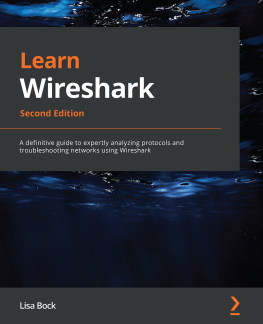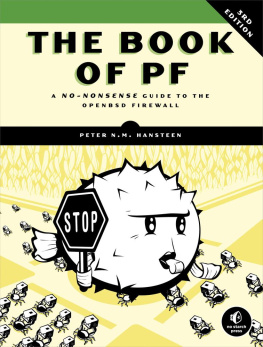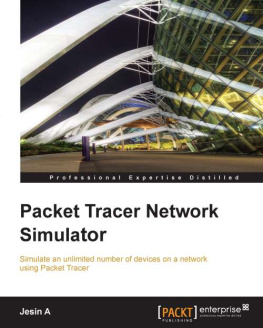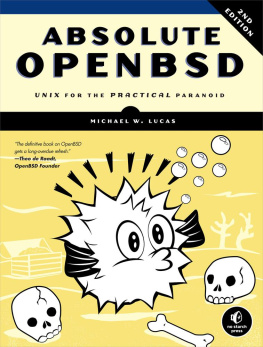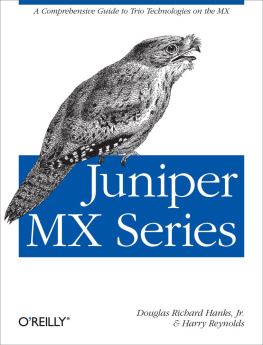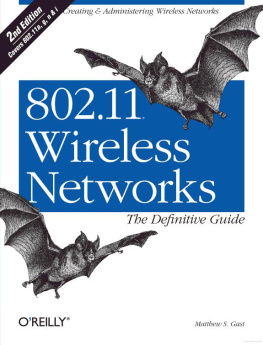Peter N. M. Hansteen - The Book of PF: A No-Nonsense Guide to the OpenBSD Firewall
Here you can read online Peter N. M. Hansteen - The Book of PF: A No-Nonsense Guide to the OpenBSD Firewall full text of the book (entire story) in english for free. Download pdf and epub, get meaning, cover and reviews about this ebook. year: 2010, publisher: No Starch Press, genre: Home and family. Description of the work, (preface) as well as reviews are available. Best literature library LitArk.com created for fans of good reading and offers a wide selection of genres:
Romance novel
Science fiction
Adventure
Detective
Science
History
Home and family
Prose
Art
Politics
Computer
Non-fiction
Religion
Business
Children
Humor
Choose a favorite category and find really read worthwhile books. Enjoy immersion in the world of imagination, feel the emotions of the characters or learn something new for yourself, make an fascinating discovery.

- Book:The Book of PF: A No-Nonsense Guide to the OpenBSD Firewall
- Author:
- Publisher:No Starch Press
- Genre:
- Year:2010
- Rating:3 / 5
- Favourites:Add to favourites
- Your mark:
The Book of PF: A No-Nonsense Guide to the OpenBSD Firewall: summary, description and annotation
We offer to read an annotation, description, summary or preface (depends on what the author of the book "The Book of PF: A No-Nonsense Guide to the OpenBSD Firewall" wrote himself). If you haven't found the necessary information about the book — write in the comments, we will try to find it.
OpenBSDs stateful packet filter, PF, is the heart of the OpenBSD firewall and a necessity for any admin working in a BSD environment. With a little effort and this book, youll gain the insight needed to unlock PFs full potential.
This second edition of The Book of PF has been completely updated and revised. Based on Peter N.M. Hansteens popular PF website and conference tutorials, this no-nonsense guide covers NAT and redirection, wireless networking, spam fighting, failover provisioning, logging, and more. Throughout the book, Hansteen emphasizes the importance of staying in control with a written network specification, keeping rule sets readable using macros, and performing rigid testing when loading new rules.
The Book of PF tackles a broad range of topics that will stimulate your mind and pad your resume, including how to:
- Create rule sets for all kinds of network traffic, whether its crossing a simple LAN, hiding behind NAT, traversing DMZs, or spanning bridges or wider networks
- Create wireless networks with access points, and lock them down with authpf and special access restrictions
- Maximize flexibility and service availability via CARP, relayd, and redirection
- Create adaptive firewalls to proactively defend against would-be attackers and spammers
- Implement traffic shaping and queues with ALTQ (priq, cbq, or hfsc) to keep your network responsive
- Master your logs with monitoring and visualization tools (including NetFlow)
The Book of PF is for BSD enthusiasts and network administrators at any skill level. With more and more services placing high demands on bandwidth and an increasingly hostile Internet environment, you cant afford to be without PF expertise.
Peter N. M. Hansteen: author's other books
Who wrote The Book of PF: A No-Nonsense Guide to the OpenBSD Firewall? Find out the surname, the name of the author of the book and a list of all author's works by series.



